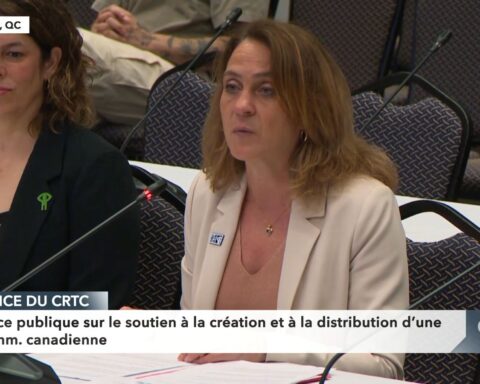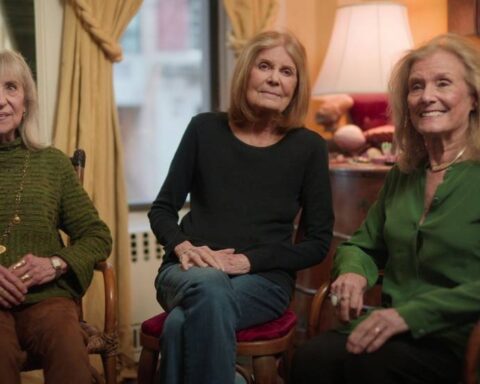One of the areas of policy I’ve rarely touched on in this column concerns the day-today workplace practices of factual TV production companies. One reason is that it’s in a grey zone beyond the scope of official cultural policy in Canada. That doesn’t mean, however, that such companies are beyond the purview of all labour and harassment laws, or beyond moral reproach for the tax credit dollars that do flow to them, precisely because of official policy. They are intertwined; just conveniently never countenanced by the CRTC.
There do exist unfortunate cases where crews have been pushed to the brink with ridiculous work hours and dangerous shooting circumstances (with camera people losing their lives), had pay withheld, been issued draconian contracts, or been the subject of sexual and/or psychological harassment and abuse—often in the service of reality and lifestyle series productions, and often with insane deadlines. But those aggrieved amongst today’s 2,000 or so fulltime cultural workers, keen for their factual TV gigs and desperate to retain them, have remained silent for fear of reprisal. Sure, there’s an unofficial trade in information-sharing to warn folks off of one shop or another, but there’s been no quasi-official mechanism in sight, short of Human Rights Tribunal filings or calls from lawyers.
Until now. This spring the Canadian Media Guild released for the first time a Guide to Working in Canadian Factual TV Production, written by industry veterans Kristina Gunning, Norma Mendoza and Karen Wirsig. It’s a ‘little red book’ that attempts to codify a set of laudable media workers’ rights. It provides a comprehensive guide governing everything from how the factual sector itself operates, to proposing fair standards of pay, working hours and a set of principles for what health and safety should look like in our industry. Their goal is to help create sustainable and healthy workplaces free of exploitation, harassment and bullying.
The Guide is the outcome of research surveys and workshops undertaken since 2013 with the aid of some dedicated souls in factual TV. As the Guide points out, unlike the scripted film and TV sector, only a small number of workers in factual are covered by collective agreements.
But how enforceable are their guidelines, especially in this moment when CRTC decisions are altering the marketplace and causing a scarcity of commissions and jobs? What I mean is that the conditions right now are ripe for exploitation and black-listing, precisely in the absence of collective agreements.
Still, the Guide does offer an invaluably meticulous portrait of the industry. I am convinced the CRTC and most broadcasters themselves rarely know the dirty details. The Guide is frank in its critique about the paucity of transparency both in the relationship between producers and broadcasters and in the whole commissioning process. Now that Terms of Trade agreements are pretty much null and void thanks to the CRTC, the whole field could return to being a boys’ club of a few large producers getting all the commissions. Scarcity like that is never great for workplace standards and fair pay, let alone true risk taking creative ventures.
The real value of this ‘little red book’ is how it walks the reader through everything from how to find and interview for a factual media job to details about the jobs themselves in docs and series projects. From series producer to editor to production assistant, ranges for pay and acceptable work hours (yes, even requirements for sick and overtime pay) are sketched out, along with tips for negotiating your contract and what to do if things go south.
But here’s the rub, on page 42: “At the moment, there is no law or framework guaranteeing sustainable working conditions for people working in factual TV. In fact, many of the minimum standards in law don’t even apply because of exemptions from employment standards laws for television production.”
So what’s to be done? If you can’t afford a lawyer to negotiate your contract, you can call the Guild for guidance. And that’s something many of us didn’t have the option to do when this sector ballooned nearly 20 years ago. “Selling” media worker rights to those in direct power will be tough, no doubt. At this point, the Guild is at a steel-fist-in-soft-glove phase. To wit, they’re spending the balance of the year gently nudging, cajoling and, yes, where warranted, taking to task production companies that have well substantiated grievances against them. And that, too, is something long overdue.
To get a copy of the Guide, visit the Canada Media Guild’s website.











